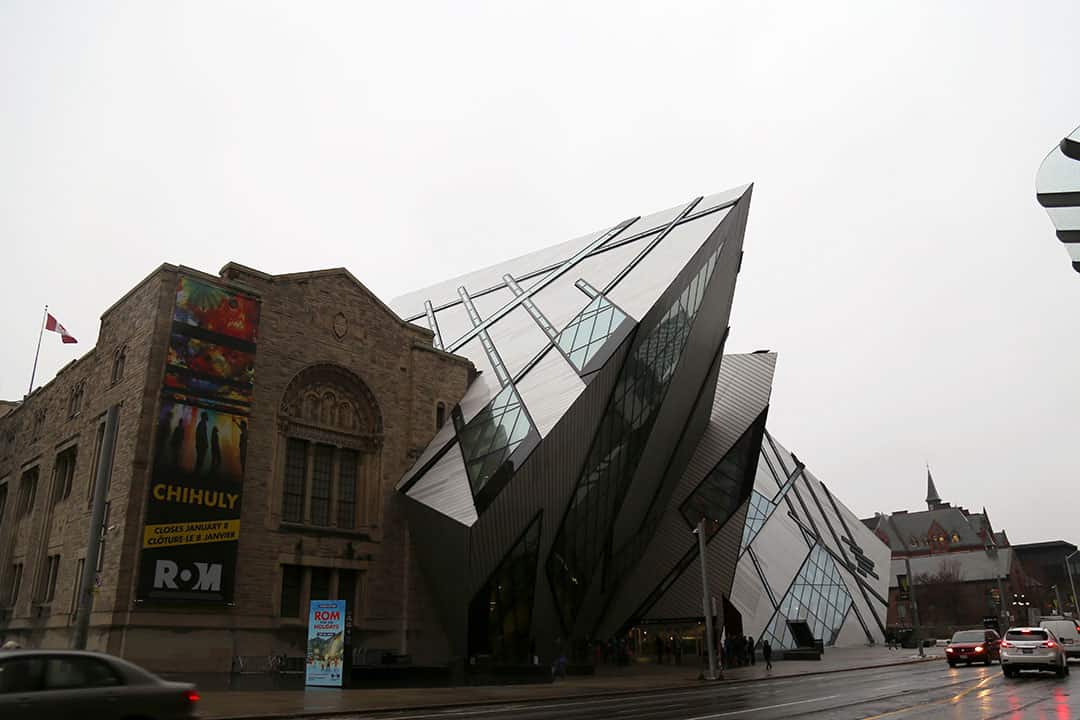In September, a fire engulfed the 200-year-old National Museum of Brazil in Rio de Janeiro. Estimates on how much of the collection was lost are as high as 90 per cent.
In the face of such a tragedy, it’s hard not to wonder what the costs associated with the conservation of physical artifacts are and whether alternative methods for preservation exist.
What do conservation and preservation entail?
Helen Coxon, Senior Conservator of Preventative Conservation at the Royal Ontario Museum (ROM), said that conservation is “about preserving cultural heritage of any size and the best condition possible in the best way possible so that future generations will be able to look at it just as we can.”
Preserving artifacts includes anything from active hands-on conservation to managing proper display and environmental conditions. It is typically done on artifacts that will be on display.
Coxon’s role in conservation involves managing the environment in which artifacts are held. This includes controlling humidity and temperature, storage, handling of artifacts, and monitoring which materials are being used with and in the vicinity of artifacts.
In the acquisition process, the condition of each artifact is used to determine whether to purchase it or to accept it as a donation. Artifacts in good condition require less conservation efforts in the future.
Likewise, when an artifact is being prepared for loan, its condition has to be maintained. The artifact’s condition, packing, transportation, and the journey back must all be considered.
According to Coxon, the time spent on active conservation is a “question of degree.” If a piece needs a light dusting, it can be in the gallery faster than a chair with a wobbly leg or an artifact with a piece of veneer lifting up.
The costs of conservation
Since the ROM is an agency of the Ontario government, the government provides funding for the museum. In 2016–2017, the museum received 36 per cent of its revenue from the province.
Ticket sales also make up part of the museum’s funding. In 2016–2017, it was reported that the ROM had 1.35 million visitors and received 17 per cent of its revenue from admission fees.
A portion of funding also comes from donations. The same report stated that one per cent of the museum’s revenue came from donations.
Other areas of revenue include events and concession, which made up 11 per cent of the total, and memberships, which accounted for four per cent.
While it is difficult to pinpoint the exact amount of funds needed for conservation, the salaries of the seven conservators, the costs of materials, and the expenses of controlling the building’s environment to suit the needs of the artifacts are all factored in.
The evolution of conservation practices
Conservation science is a field that involves researching and developing innovative preservation methods like gels for localized cleaning.
Past conservation methods could be problematic because they often resulted in further damage to artifacts. Such counterproductive methods include drilling holes and using a rivet to keep to pieces of a ceramic together. Today, adhesives are used to seamlessly put pieces together.
Digital avenues
Before the fire, Google had been collaborating with the National Museum to digitize their collections. Currently, a virtual representation of the museum is available online.
Digital curation is, essentially, the preservation of digital data. Museums can use digital methods to put more of their collections online for the general public to view, and uploading 3D models may even change how we view and study historical artifacts.
“There are aspects of science that can only be measured once, scientific work that results in single measurements,” said Dr. Seamus Ross, Professor at U of T’s Faculty of Information. “Digital records are a relationship between the data, the software in which that data is stored or referenced, and the computer environment or the information system in which that software and data is stored.”
Matthew Brower, Assistant Professor in the Museum Studies program, explained that digital conservation involves making “images of things to document them, we make images of things to publicize them, and we make images of things as a substitute for them.” However, digital archives inevitably only represent a fraction of what the museum has physically displayed or stored in its collections.
Another issue that arises with digitization is the degradation of data quality over time. For example, an object may need to be photographed multiple times with the advent of better image quality. But the time and funds required could instead be used to conserve the object itself.
Ross explained that since “data doesn’t do so well with benign neglect,” it is necessary that “the efforts of preservation are consistent, they are well-funded, and they are not intermittent.”
As well, a digital model cannot replace the authenticity that comes with viewing an object in person. “There’s an intangible something [in] my mind about the real artifact, about looking at it and thinking, ‘Goodness, this is 3,000 years old and here it is and I’m standing here looking at it,’” said Coxon.
The loss of cultural and historical capital in the fire that engulfed the National Museum of Brazil could have been prevented. But according to Ross, preventing such a tragedy requires societies to respect and value cultural heritage.
“We consistently support activities where we see that we can create economic growth,” said Ross. “Protecting our heritage is not just about memory, it’s about these other benefits that we can actually create and improve.”


